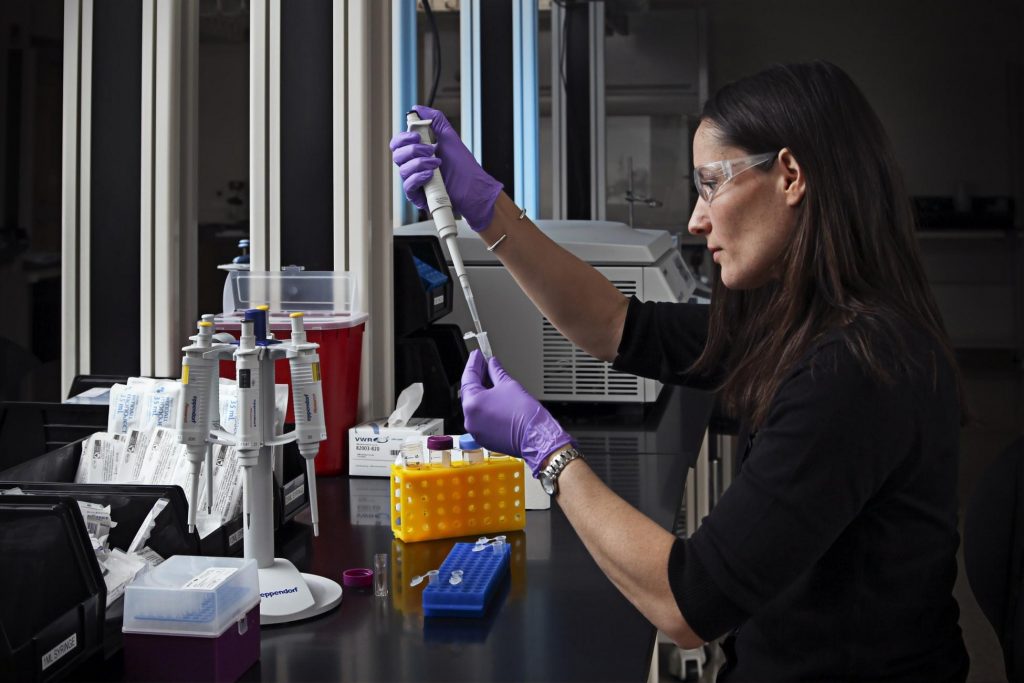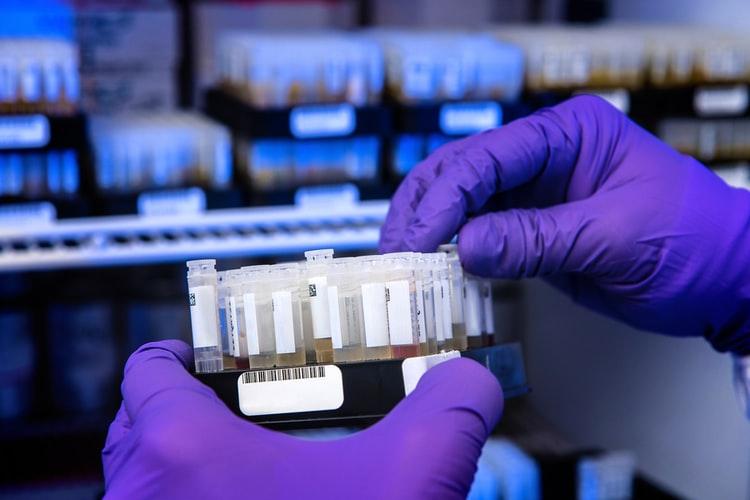5 Ways Protein Engineering Is Improving Medicines

Dysfunction of specific proteins is systemically or partially responsible for most human diseases. Because of that, the demand for therapeutic recombinant proteins is rising, and that’s where protein engineering comes in. It is a powerful domain to design novel proteins for disease alleviation, diagnosis, and improved health benefits.
Research states that strategic application of protein engineering enables broader applicability of proteins, enhanced catalytic activity, and stability. In addition, the commercialization of engineered proteins exhibits economically viable solutions for many industries, especially the healthcare sector. With this article, we aim to explore five ways protein engineering is improving medicines.
1. Designing Smart Response Drug System
Typical drug delivery methods release a drug at a relatively constant rate. In contrast, smart systems utilize intelligent feedback mechanisms to exert a therapeutic effect responding to stimuli or biomarkers.
Protein engineering is employed to modulate and design stimulus-responsive allosteric proteins needed for intelligent response systems. Researchers utilize custom protein production to add a novel domain proving allosteric regulation. Another way to modulate allosteric proteins is to introduce mutations within an existing protein.

2. Therapeutic Protein Production
Protein engineering approaches are employed to develop therapeutic protein products with application-specific properties obtained by mutation, deletion, or fusion. For example, the recombinant human insulin, the first FDA-approved engineered medicine made via recombinant DNA technology.
3. Production of Antidotes Using Targeted Drug Neutralization
Protein engineering is employed to develop enzymatic antidotes to neutralize drugs or toxins selectively. These antidotes specifically target the treatment of addiction control and overdoses of abused drugs.
One of the most prominent examples is the modification in the function of human butyrylcholinesterase. This enzyme hydrolyses different choline-based esters. In this case, protein engineering alters the substrate specificity of the variant, making it less reactive to its substrate and more than a thousand times larger than the natural one.

4. Enzyme Replacement Therapy
This application utilizes protein engineering to treat hereditary or acquired loss of an enzyme. This approach is helpful in the treatment of several rare genetic diseases like lysosomal storage disorders, e.g., Gaucher disease enzyme replacement therapy.
In this treatment, an engineered variant of glucocerebrosidase (GCase) balances low levels of the enzyme by breaking down this fatty chemical in the patient’s body.
5. Designing Next-Generation Therapeutic Antibodies
The drugs such as bi/multispecific antibodies and antibody-drug conjugates are the fastest-growing class of protein therapeutics. Protein engineering aims to develop clinical potentials with reduced immunogenicity, enhanced pharmacokinetic properties, and stability.

Conclusion
Protein engineering is a mighty tool in the development of biopharmaceuticals. The protein therapeutics market is projected to reach $217,591 million by 2023, expanding exponentially. To realize such great potential, there must be continuous efforts to discover novel protein drugs and optimize their efficacy. Nowadays, researchers are leveraging multiple disciplines like computer-aided design and nanobiotechnology to enhance protein engineering approaches.






